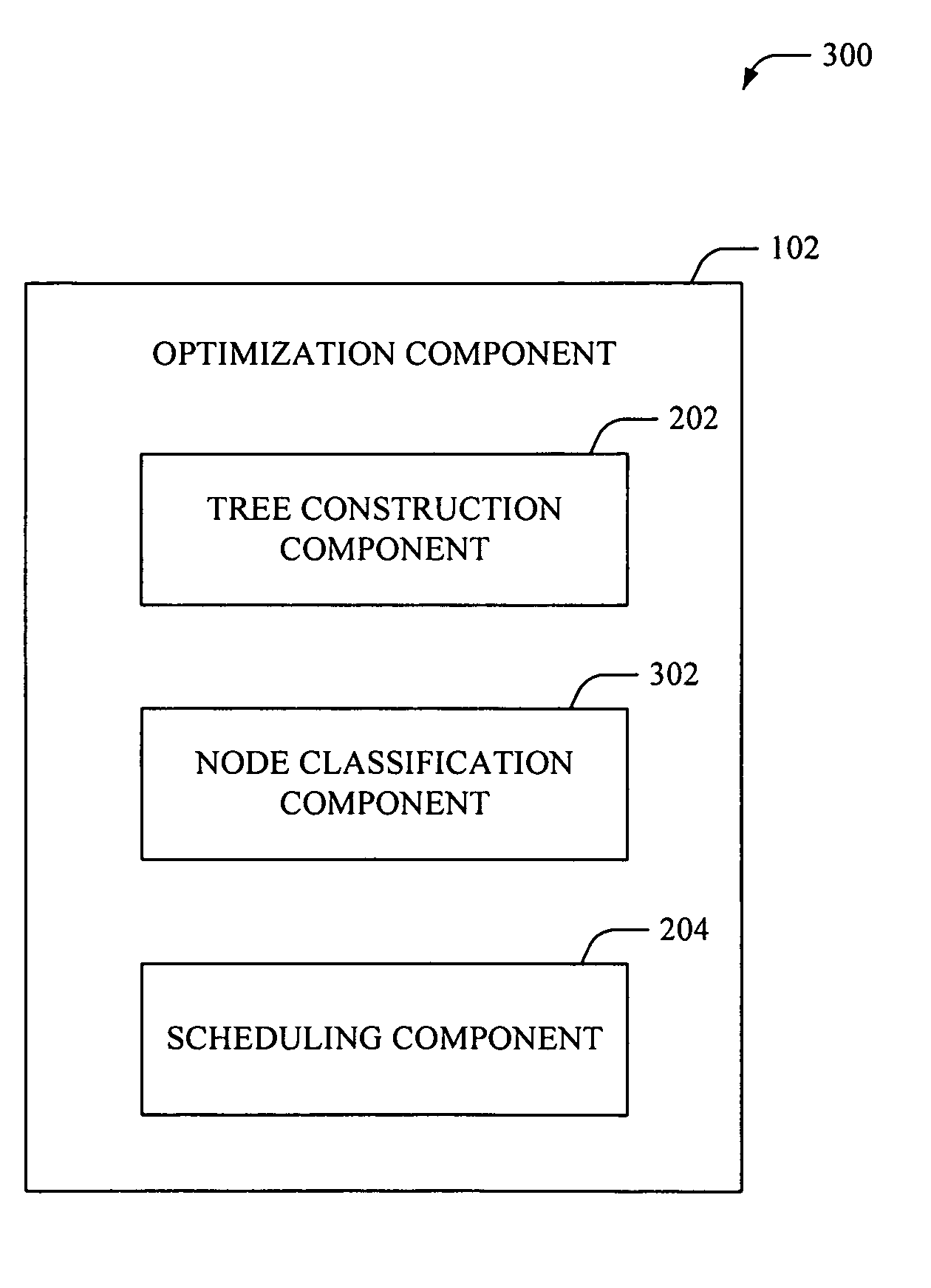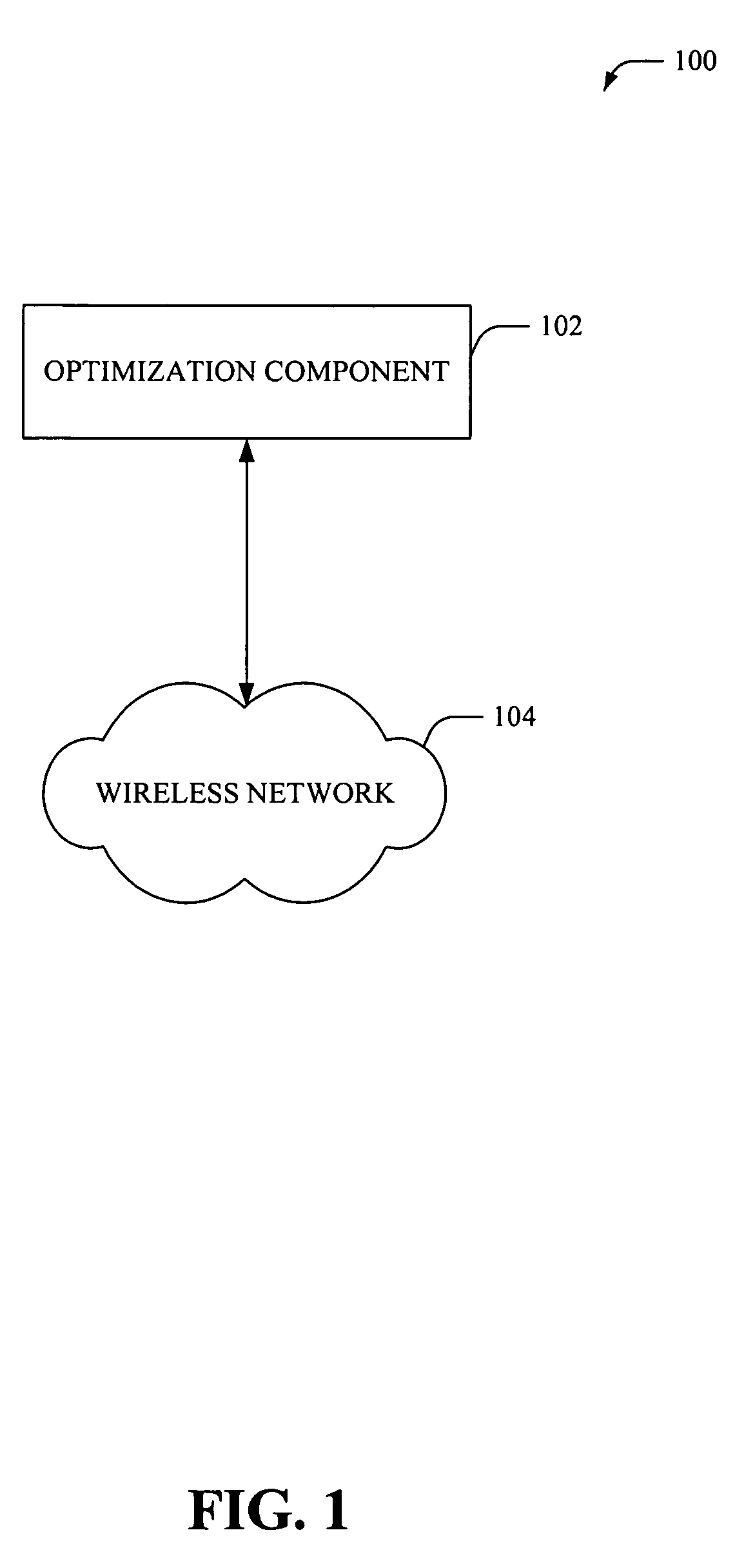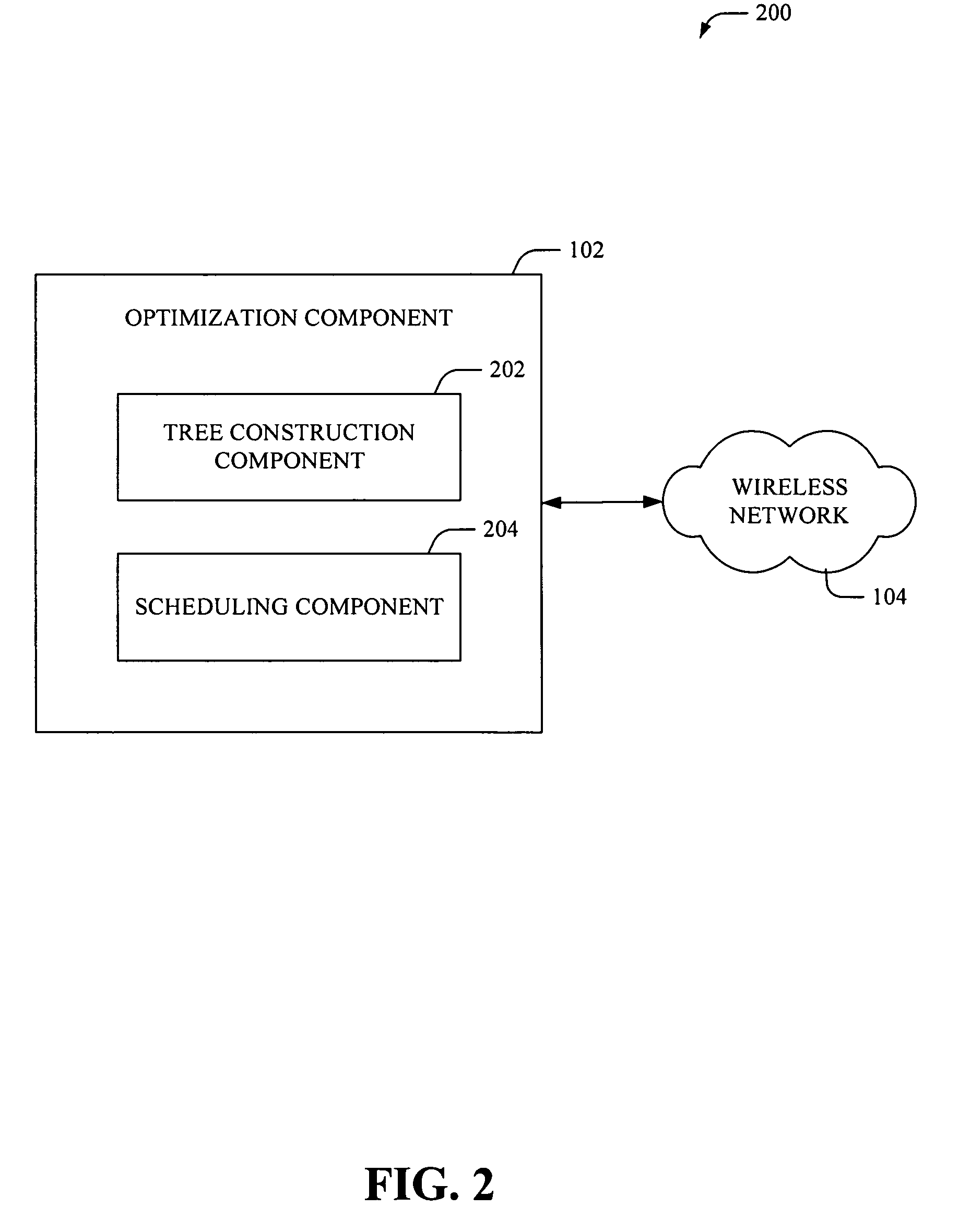Broadcast latency optimization in multihop wireless networks
a wireless network and bandwidth optimization technology, applied in the field of broadcast latency optimization in multi-hop wireless networks, can solve the problems of serious redundancy, aggregation or convergence, interference is a fundamental limit factor of wireless networks, etc., and achieves the effect of reducing latency, minimizing latency, and optimizing practical performan
- Summary
- Abstract
- Description
- Claims
- Application Information
AI Technical Summary
Benefits of technology
Problems solved by technology
Method used
Image
Examples
Embodiment Construction
ple graph that depicts an average broadcast latency that can be achieved by employing an optimization technique that improves practical performance of a network, in accordance with an aspect of the disclosure.
[0024]FIG. 11 illustrates an example graph that depicts an average approximation ratio during all-to-all broadcast achieved by employing an optimization technique, according to an aspect of the disclosure.
[0025]FIG. 12 illustrates a schematic block diagram depicting a suitable operating environment in accordance with an aspect of the subject innovation.
DETAILED DESCRIPTION
[0026]The claimed subject matter is now described with reference to the drawings, wherein like reference numerals are used to refer to like elements throughout. In the following description, for purposes of explanation, numerous specific details are set forth in order to provide a thorough understanding of the claimed subject matter. It may be evident, however, that the claimed subject matter may be practiced ...
PUM
 Login to View More
Login to View More Abstract
Description
Claims
Application Information
 Login to View More
Login to View More - R&D
- Intellectual Property
- Life Sciences
- Materials
- Tech Scout
- Unparalleled Data Quality
- Higher Quality Content
- 60% Fewer Hallucinations
Browse by: Latest US Patents, China's latest patents, Technical Efficacy Thesaurus, Application Domain, Technology Topic, Popular Technical Reports.
© 2025 PatSnap. All rights reserved.Legal|Privacy policy|Modern Slavery Act Transparency Statement|Sitemap|About US| Contact US: help@patsnap.com



